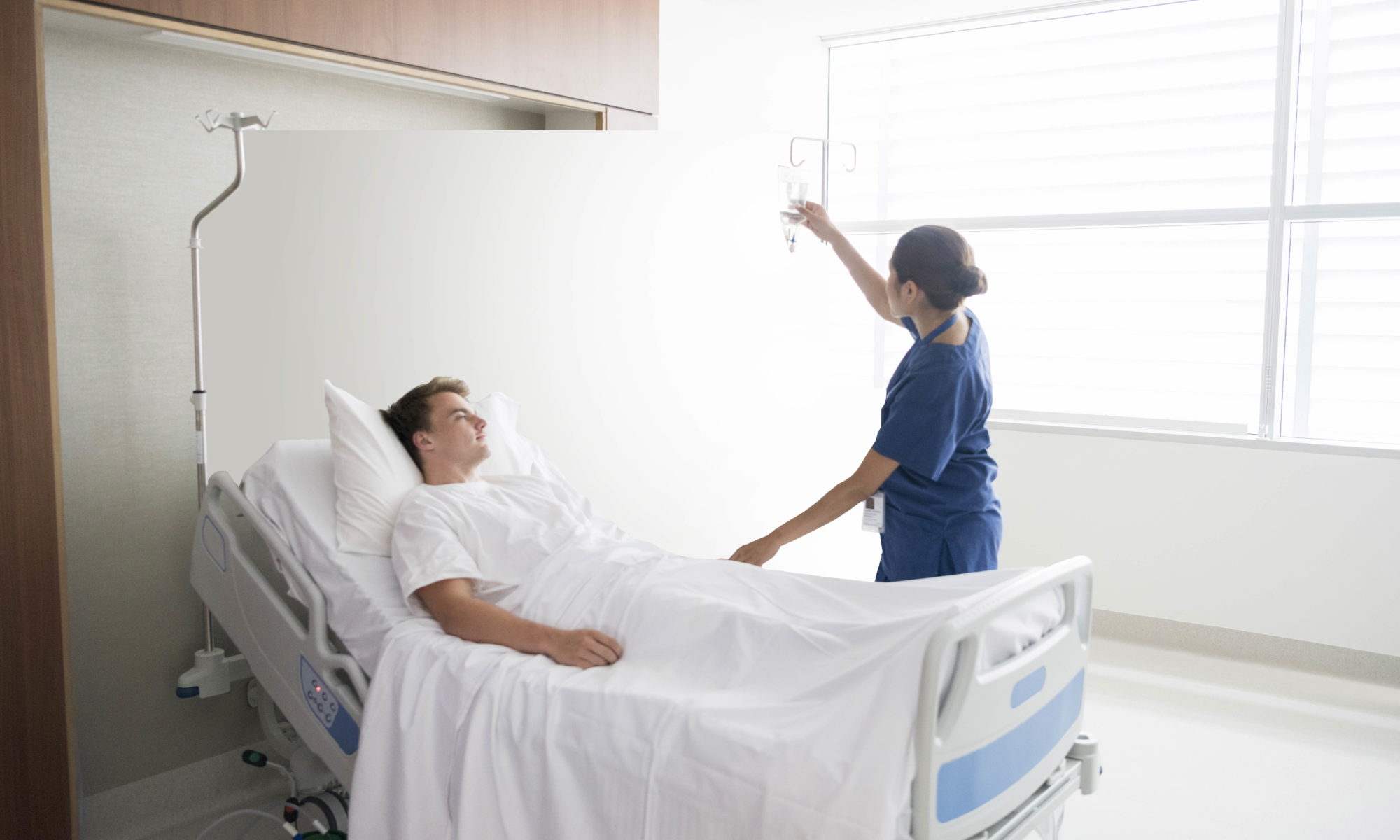The Good, the Bad and Avoiding the Ugly: Making Sense of this Season’s Viruses

Flu season and respiratory disease may be in full swing, but there is something you can do about it
By Rosie Lyles, MD, MHA, MSc, FACA | March 2, 2020
Public health organizations and infection control communities are already focused on viruses liked influenza (flu) and respiratory syncytial virus (RSV), and now a new emerging threat – the novel coronavirus (COVID-19). The impact of these viruses has public health officials and organizations all around the world sounding the alarm.
Recent preliminary data from the Centers for Disease Control and Prevention (CDC) indicates the 2019-2020 U.S. flu season has already caused over 32 million flu illnesses and 18,000 deaths since October 2019. Meanwhile the number of cases of RSV in children is rising at a higher-than-normal rate. Coronavirus – the latest virus of concern – has infected more than 70,000 people.
These numbers are a reminder that we’re fighting in a war of viruses that have similar signs and symptoms that can affect our most vulnerable patient populations. Influenza is the only one with a vaccine to prevent the illness. Though no vaccines exist for RSV and CDC leaders now feel that COVID-19 will likely have a presence even after this year, we can rely on basic, everyday preventive actions to prevent these deadly pathogens from spreading:
Wash your hands:
Wash your hands often with soap and water for at least 20 seconds, especially after going to the bathroom; before eating; and after blowing your nose, coughing, or sneezing.
- If soap and water are not readily available, use an alcohol-based hand sanitizer with at least 60% alcohol. Always wash hands with soap and water if hands are visibly dirty.
- Sing the happy birthday song or ABCs for 20 seconds
- A simple and easy way to train and educate children and adults is by singing a song that follows the World Health Organization’s six-step method for optimal and effective hand hygiene.
Clean and disinfect surfaces:
- Experience is our best teacher. If we use the microbiological disinfection hierarchy, we are able to know which appropriate disinfectant product we should use to kill the viruses; the most resistant/harder to kill (i.e. Clostridioides difficile or C. diff) to the most susceptible/easier to kill (i.e. coronavirus, flu)
We do know that the coronavirus itself can last on dry surfaces for about three hours, compared to influenza virus, for example, that can last from 24 to 48 hours. A recent analysis of 22 studies indicates that other strains of human coronaviruses like SARS, which is very similar to what we are currently dealing with, can persist on inanimate surfaces like metal, glass or plastic for up to nine days. A great reminder to never underestimate the environment and to understand the importance of optimal cleaning and disinfecting.
- Avoid touching your face
- Avoid close contact with sick people: Avoid contact, such as kissing, shaking hands, and sharing cups and eating utensils, with others
- Stay home if you’re sick
Learn more about how Medline is helping caregivers and patients combat infection.
Rosie Lyles, MD, MHA, MSc, FACA
Director of Clinicial Affairs
Rosie Lyles, MD, MHA, MSc, FACA is the director of clinical affairs at Medline. She serves as the infectious disease expert and primary medical lead for numerous healthcare businesses, while developing complex clinical strategies and supporting the product life cycle to post market and clinical follow-up.
With over a decade of experience investigating healthcare associated infections (HAIs) with a particular focus on hospital epidemiology and prevention of multidrug-resistant organisms (MDROs) infections across the continuum of care, Dr. Lyles has led breakthrough clinical research, changing national guidelines and recommendations that improved patient care and outcomes for the Centers of Disease Control and Prevention (CDC) and the Chicago Prevention and Intervention Epicenter with numerous authored peer-reviewed journal articles related to infectious disease epidemiology. She is an active member of the Infectious Disease Society of America (IDSA) and the Society for Healthcare Epidemiology of America (SHEA).
Dr. Lyles is a Board Member for the US Department of Veterans Affairs on the Health Services Research & Development Scientific Merit and for the White House Coronavirus (COVID-19) Commission for Safety and Quality for Nursing Homes, served as Medical Advisory Board for C. Diff Foundation, Co-Chairman of the Association for Health Care Environment (AHE) Industry Advisory Council, an Infectious Diseases Expert for the Florida Health Care Association, and participated in White House Forum on Antibiotic Stewardship (2015) for the National Action Plan for Combating Antibiotic-Resistant Bacteria.

